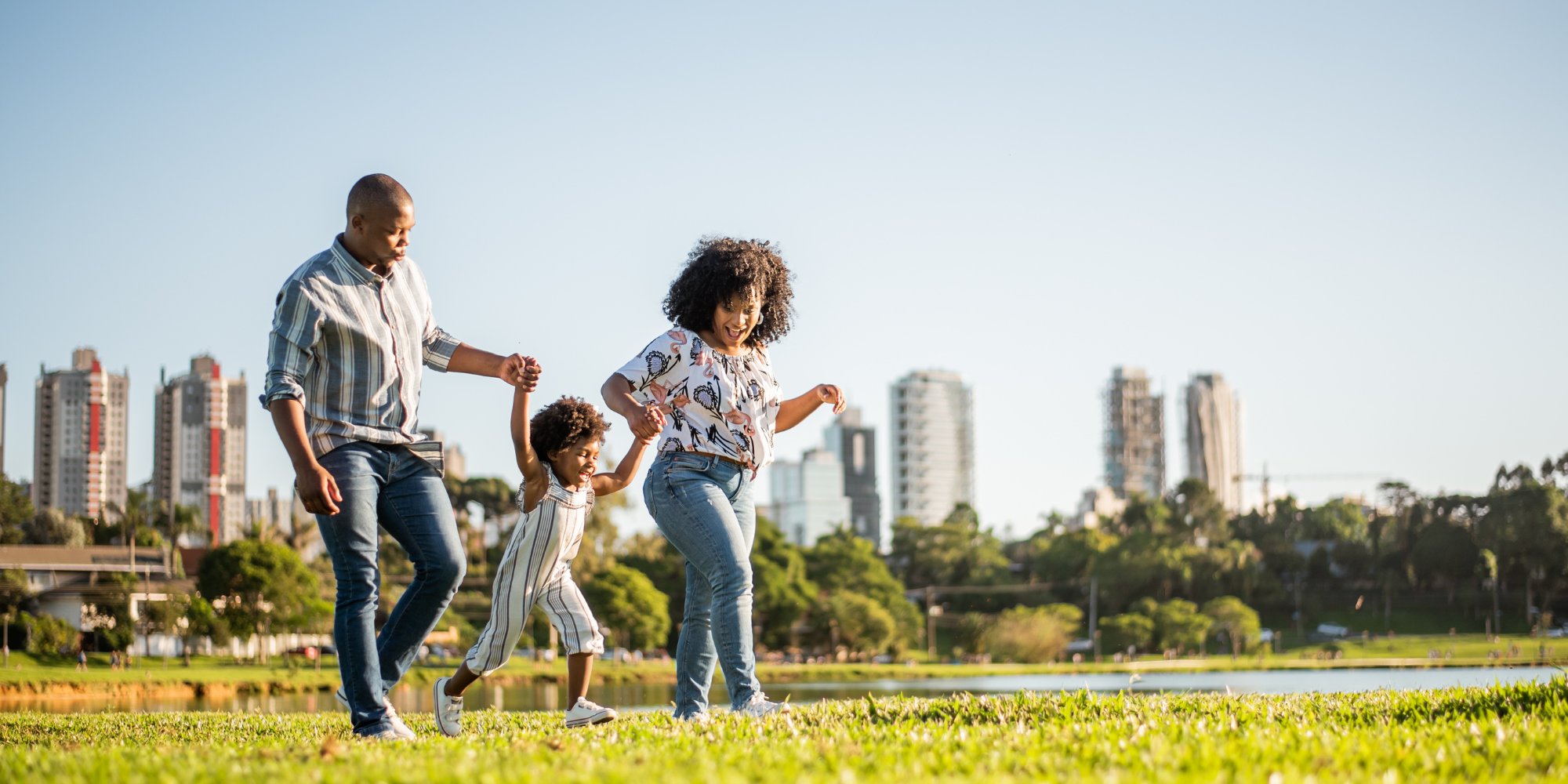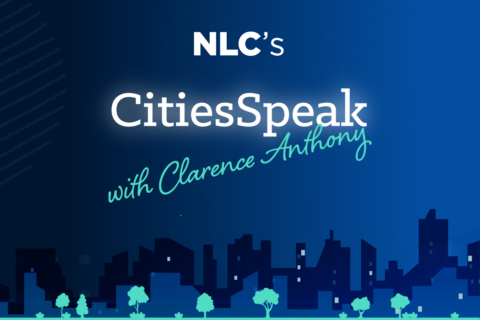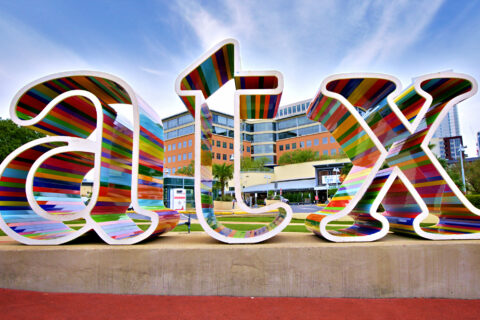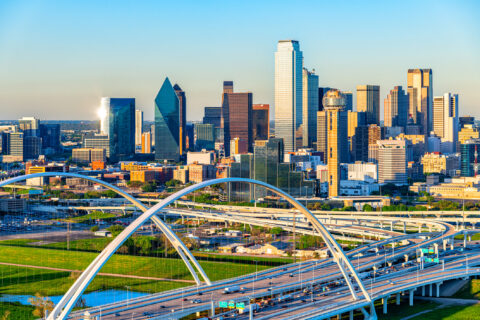City leaders across the U.S. are advancing community resilience strategies to adapt to more extreme weather. Preparing for wildfires, drought, flooding, sea level rise, extreme heat and other climate changes are now core considerations in the basic functions of local governments — from zoning codes to capital improvement programs. Resilience actions and projects can take many forms in our communities, from improving parks to protect from sea level rise or capturing stormwater, to retrofitting our buildings to ensure they are safe and prepared, to increasing the urban tree canopy to reduce heat and improve quality of life.
Resilience strategies benefit communities far beyond extreme weather preparation. Positive public health outcomes, more access to nature and lower energy bills are just a few examples of the types of benefits that accompany resiliency investment in our cities, towns and villages. However, an emergent, unintended consequence of these resilience efforts can be an increase in the displacement of low-income communities and communities of color from these newly resilient and revitalized urban spaces. This leads many city leaders to ask: resilient communities for whom?
The relationship between urban green and climate infrastructure and the gentrification of urban residential, commercial and industrial spaces is well established. Extreme weather and the investments we make to mitigate it in our urban built environment can amplify preexisting inequality. One of the leading approaches to ensuring that green, sustainable and resilient improvements to our communities benefit all residents is to center affordable housing in the conversation about climate action. This is critically important for city leaders who wish to center equity and justice in their climate planning. Below are three examples of local resilience and sustainability efforts that prioritize housing affordability in their effort to build a healthy and safe future for all.
Washington D.C. 11th Street Bridge Equitable Development Plan and Park
The Washington D.C. 11th Street Bridge Park project was designed to transform an out-of-use commuter bridge into a public park. The park redevelopment plan aimed to center equity from the beginning and ensure that Black DC residents — particularly in Wards 7 and 8 — would have access to a revitalized public asset without unintentionally exacerbating the risk of displacement. The project leaders did this by working from the beginning to intentionally mitigate the potential forces of displacement that often accompany such an investment. The Equitable Development Plan that served as a roadmap for the redevelopment outlined four equity focus areas:
- Support small business by partnering with adjacent businesses and economic development organizations.
- Prioritize the creation and preservation of affordable housing in the surrounding area.
- Invest in a local workforce, particularly in Wards 7 and 8, to support the development of the park and ensure construction contracts benefit the local economy.
- Use the development as an opportunity to acknowledge and uplift culture and the arts as a tool for building community power and participation in a public space.
The project team began the process to solicit a general contractor in the fall of 2022. Read the full plan here and learn more about the ongoing project here.
City of Minneapolis 4D Affordable Housing Incentive Program
The Minneapolis Health Department is pairing an affordability preservation incentive program with energy efficiency resources, covering up to 90 percent of the costs for property owners. The Minneapolis 4D program simultaneously seeks to keep affordable housing affordable while supporting homeowners in updating their building stock to be more efficient through cost-sharing for weatherization and solar installations. The affordable housing criteria for the tax incentive is 60% Area Median Income or less. Property owners who participate in the program receive several benefits in addition to the tax rate including access to green cost share funding up to $50,000 per building. Learn more here.
City of Boston Requires Climate Action in City-Funded Affordable Housing
In Boston, more than two-thirds of greenhouse gas emissions come from the city’s buildings. In an interdepartmental effort that exemplifies the type of all-governmental approach needed for successful climate action, the City’s Department of Neighborhood Development, Boston Planning and Development Agency, and Boston Environment Department co-created a guidebook for Zero Emission Buildings. In March 2021, Boston announced that it would allocate $34 million to create and preserve affordable housing in Boston and that these affordable units must follow the zero emissions guidelines thus ensuring the benefits of net zero go to low-income residents.
City leaders must continue to center equity in resilience strategies. One essential step in doing so is considering housing as a core climate strategy. There is an opportunity to make the connection between housing and sustainability action explicit so that all residents can benefit from development and greening efforts. For cities to continue to invest equitably in resilient infrastructure, it is critical that housing and climate priorities be implemented in tandem.
This blog is part of the “Building Critical Partnerships for Community Resilience” series authored by National League of Cities’ Sustainability team. This series explores local approaches to community resilience through the lens of partnerships. Each webinar and blog combination will highlight essential relationships for addressing obstacles city leaders face when it comes to building a climate-ready future for all.









